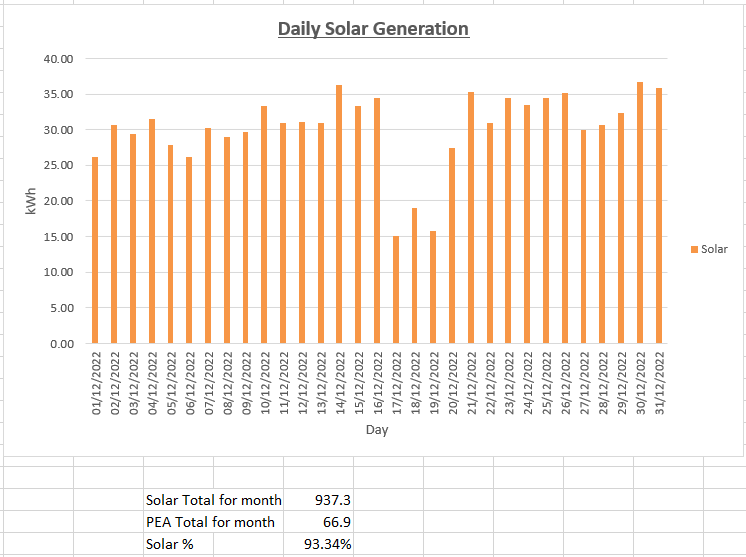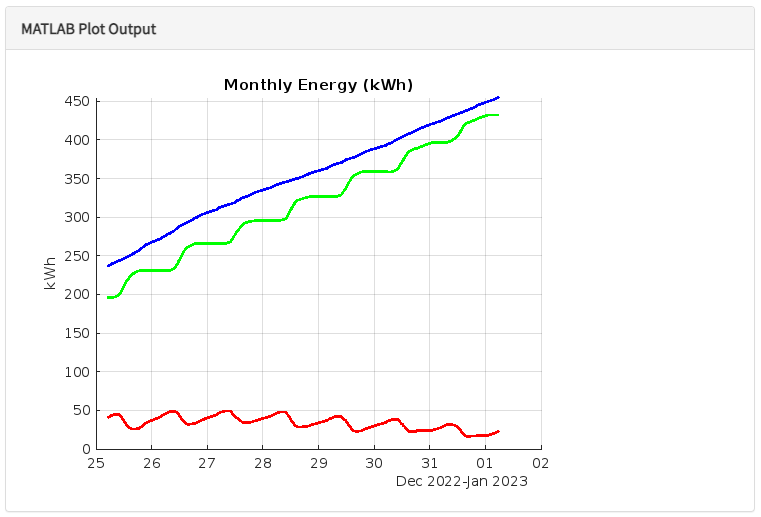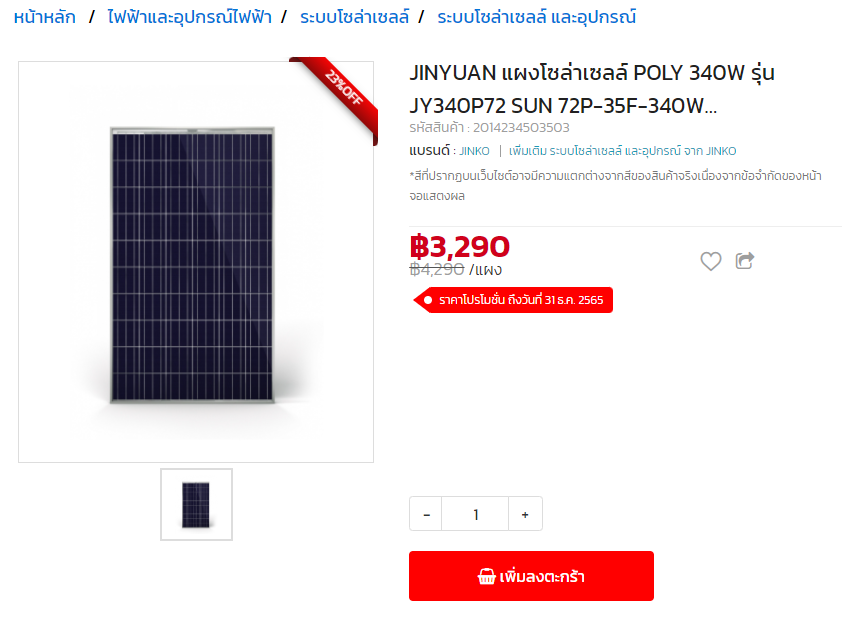-
Posts
46,463 -
Joined
-
Last visited
-
Days Won
2
Content Type
Events
Forums
Downloads
Quizzes
Gallery
Blogs
Everything posted by Crossy
-
How (which software) were you getting your 100 channels? I made the mistake of buying an Android TV, I assumed (bad move) that it would be like a 50" smart-phone. Wrong. Next time, dumb TV and Android box or ChromeCast and cast from my phone which just works.
-

Where to buy marker strips for MCBs?
Crossy replied to OneMoreFarang's topic in The Electrical Forum
Damn you autocorrect -
My understanding is that most of it gets squeezed out where there is going to be metal-to metal contact anyway, but it's entirely up to you if you use it or not. It's recommended by many (but not all) in the wider battery community where you have dissimilar metals (aluminium battery terminals and copper bus bars). Note that the commercial pack manufacturers use laser-welded connections so these issues don't arise. EDIT Apparently the metallic content is actually zinc not aluminium.
-
Yup, you clean the terminals first, apply the goop, then assemble. The goop has aluminium dust which fills any microscopic gaps with a conductive material whilst the greasy carrier keeps out the damp and air. You really only need a smear, one tube should last a lifetime. So, you have to use it during the assembly process or if you strip your pack to re-configure or add cells etc.
-

Where to buy marker strips for MCBs?
Crossy replied to OneMoreFarang's topic in The Electrical Forum
This ^^^ t-shirt I have, with my handwriting I should have been a doctor I make ours from decent copier paper, laser (ink jet works too of course) printed as required, trimmed to size then stuck on with glue-stick. Cheap and easily customised / changed (and they don't drop off). -

How about a solar car port on a budget?
Crossy replied to Crossy's topic in Alternative/Renewable Energy Forum
And for an annual perspective (thanks @KhunLA for the idea). Averaged over the year we generated 84.46% of our electricity needs from fusion power. EDIT Over the year we totalled 10,897kWh from solar, at 4.5 Baht per kWh that's 49,000 Baht I've not paid to PEA. Madam is happy ???? EDIT 2 I've not updated my ROI spreadsheet for a while so I got a nice surprise when I punched in the numbers to date. We are just under a year from break-even and truly free energy ???? -

How about a solar car port on a budget?
Crossy replied to Crossy's topic in Alternative/Renewable Energy Forum
Happy New Year everyone! Let's see what 2023 has in store. Meanwhile, the generation numbers for December are in. Over the past week or so we've been generating more than we've used (cool weather = no A/C and it's been nice and sunny) so our "Monthly Energy" has been on a downwards trend. Must ensure we don't actually go negative! Blue = Total consumption Green = Solar generation Red = PEA usage. -
-
-

Shared Ground Pole For Dc SPD And AC SPD
Crossy replied to Pink7's topic in Alternative/Renewable Energy Forum
I doubt there would be any issue using a common rod if the SPDs are close together physically. Our DC and AC SPDs share the car port metalwork as a common grounding point. The car port does have a rod too, but the metalwork alone actually tests better than the rod! But the rod is required to be "to code". -
-
Not in stock at our local branch but available for delivery. https://globalhouse.co.th/product/detail/2014234503503
-
-
-
If you are in BKK the big Amorn branch in the Old Siam Plaza (Ban-Moh) sometimes have good deals that don't appear on their website. GPS 13.745733798113017, 100.50018885896024 Panels are zero rated for duty, just 7% VAT to add.
-
We had a supply (replacement) Chemmy teacher like that, boring as flip! He looked like Alf Garnet and so that was always his name "Alf", still don't remember his real name. Incredibly I still passed Chemistry O-Level. Of course, he had zero control over a class of rowdy teens, so high jinks were order of the day. A Bunsen-burner on the water tap projects a stream a long way! Connecting the gas tap to the water tap (using the rubber pipe off the bunsen) fills the gas pipe with water (there was a lot of trouble over that one, apparently it damaged the gas supply).
-

On by light - off by dark AC exhaust fan switch
Crossy replied to lopburi3's topic in The Electrical Forum
Alternatively, assuming you can get the dark switch apart, many of them have a change-over relay anyway, you should just be able to move the output wire to the normally closed contact. -
Long ago in a galaxy far, far away. OK pretty close really ????
-
Yeah, oxidation needs oxygen and moisture (didn't you do the iron nail in water experiment in high school?), but differential metals will corrode with just a little damp.
-
It's already ruddy Baltic even here in BKK, "Global Warming" my backside We have friends in Buffalo who are really struggling ????
-

Mass exodus from Bangkok for New Year celebrations begins
Crossy replied to snoop1130's topic in Bangkok News
Good tyres and serviceable brakes optional then. -
The issue is the battery terminals themselves; the differing metals (aluminium terminals vs copper busbars) can cause corrosion. Vaseline will definitely help by keeping the damp out but for a "proper job" use the real stuff. It's loaded with Al dust to fill any minor gaps (even the scratches from the emery) with conductive goop. For a few 10s of Amps, no major issue but when you get into "real" power every milli-ohm matters ????












